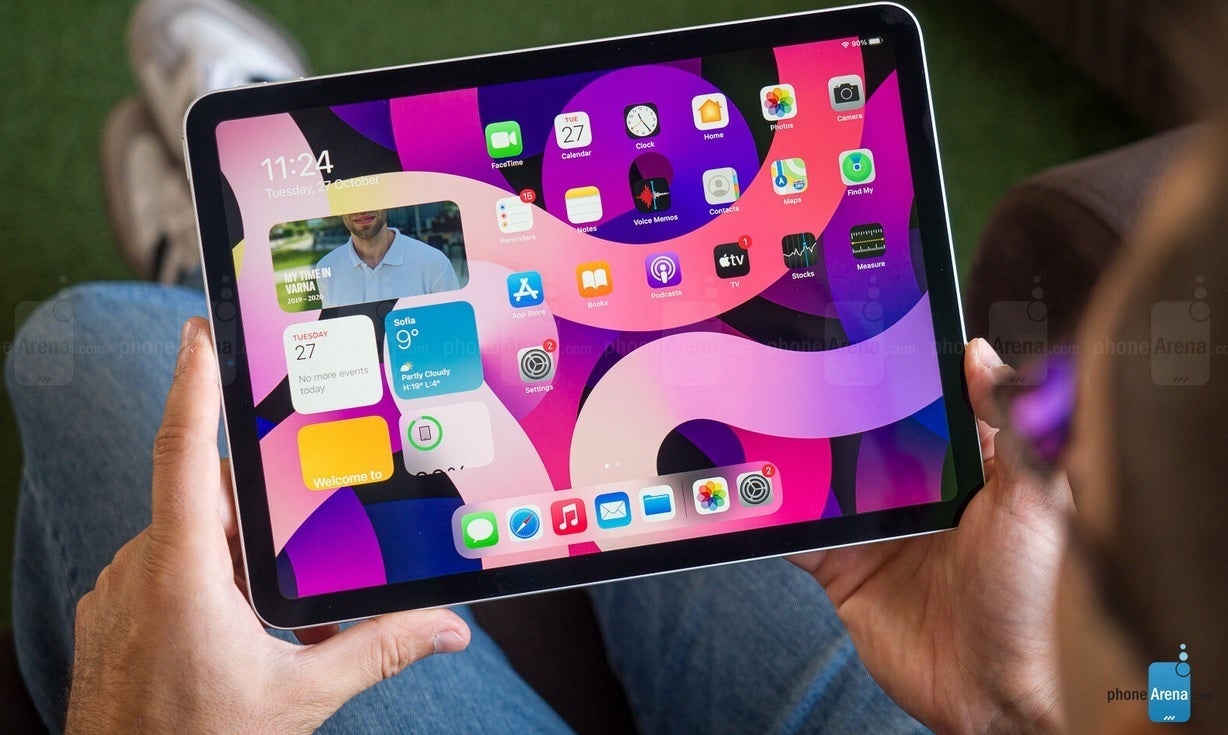With Apple rumored to use OLED for 2022 non-Pro iPads, LG invests big bucks to improve its displays

It takes money to make money and according to IT Home (via AppleInsider) LG is planning to make investments valued at an estimated $2.81 billion on its iPhone and iPad OLED screen assembly by 2024. IT Home says that it has discovered regulatory filings disclosing LG's planned investment. The manufacturer has informed the Korean government about its expansion plans for the factory in Pauju, Gyeonggi Province.
LG saw its display orders from Apple rise by a factor of five last year as Apple was hoping to do less sourcing from its top smartphone rival Samsung. Last month, LG reportedly purchased equipment that would allow it to produce the ProMotion displays with a 120Hz refresh rate that are rumored to be used on the iPhone 13 Pro and iPhone 13 Pro Max. These displays refresh the screen 120 times per second and deliver buttery smooth scrolling and enhanced animations.
Today's report says that with the investment being made by LG, by 2024 it will be able to double its production of small and medium-sized OLED panels.

The 2022 iPad Air is expected to feature an OLED panel unlike last year's model which has an LCD display
In a somewhat related story, 9to5Mac reports today that LG is joining Samsung by producing OLED screens for the iPad Air (2022). While the current iPad Air (2020) is equipped with an LCD display, Apple will reportedly make the switch to OLED with the 2022 iPad Air and other models not named the iPad Pro. Speaking of the latter, the 12.9-inch version of last year's model debuted an LCD screen with mini-LED backlighting which Apple calls a Liquid Retina XDR display.
Mini-LED delivers improved contrast (a million to one contrast ratio), outstanding viewing angles, deeper blacks, and 1,600 nits peak brightness. The LEDs used to backlight the LCD panel are 120 times smaller than the ones used with a traditional LCD screen. As a result, 10,000 mini-LEDs are used on the 12.9-inch iPad Pro (2021) compared with the 72 LED components used on the 2020 12.9-inch iPad Pro.
Samsung is also believed to be updating its OLED production technology which will use dry etching as opposed to wet etching. This process is said to be better when producing OLED panels larger than 10-inches. Add this to the news that Samsung is expecting Apple to place orders for these larger screens and it all seems to indicate that the latest production technology will be used to make screens for the iPad.
The new process, the 8th-generation evaporator, helps make red (R), green (G), and blue (B) pixels. LG is also working on an 8th-generation evaporator which is part of the $2.81 billion investment that LG is making to improve its OLED screens for the iPhone and iPad.
Follow us on Google News












Things that are NOT allowed:
To help keep our community safe and free from spam, we apply temporary limits to newly created accounts: